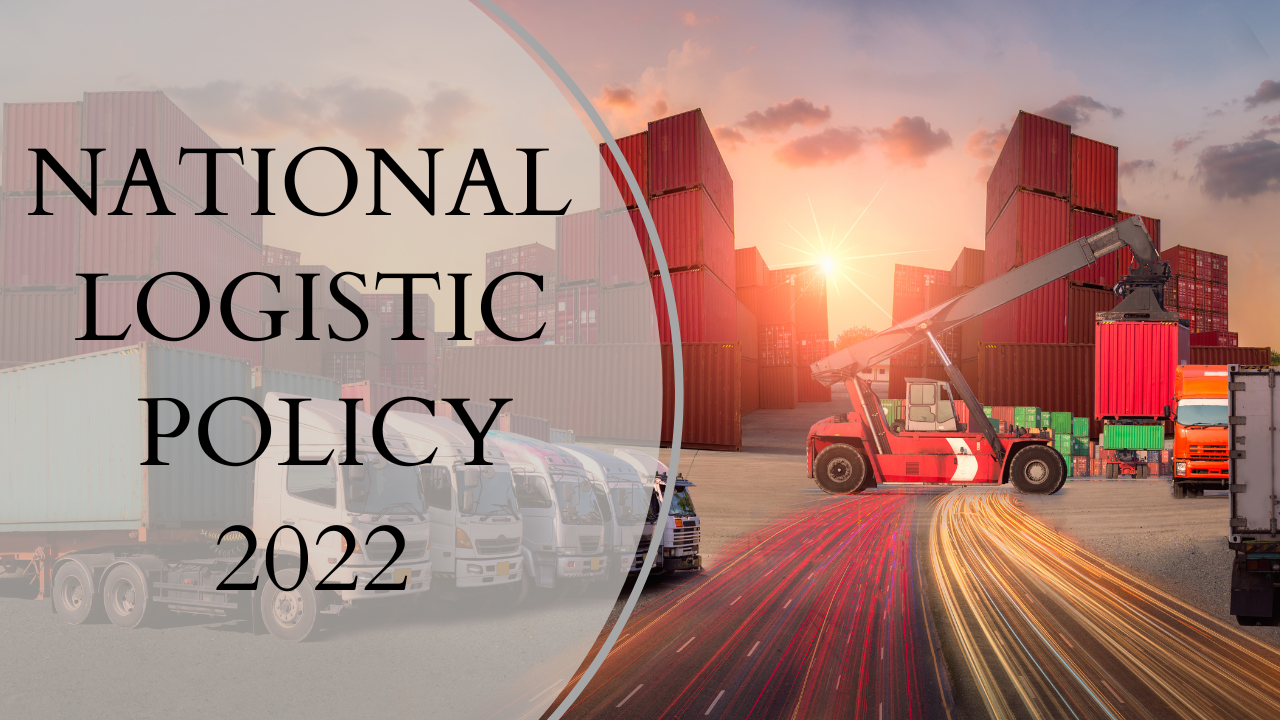The Commerce and Industry Ministry of India has recently launched the National Logistics Policy (NLP) 2022 in order to allow for a strong, cost-effective and technologically advanced logistical system for the country. The policy aims to enable the country to be able to match the international standards of commerce and smoothen and accelerate the logistical processes while effectively dealing with challenges faced by the transport industry.
The competitiveness of any product of a country or a business, whether nationally or internationally, is hugely impacted by the final-mile delivery part of its supply chain as it directly affects the consumer experience which further improves or damages a business’s customer perception. India’s current logistics cost forms nearly 14-16%* of the Gross Domestic Product (GDP) which is high compared to the percentage of logistical costs of various other more advanced economies including the EU, China, South Korea, USA, etc., that forms only around 8%*. The fragmented nature of the logistics industry of India has been a major cause for delays, however, the country’s rapid growth through the development of world-class infrastructure that includes for example highways and expressways network along with the adoption of newer technologies, is enabling the country to effectively deal with the bottlenecks of the supply chain industry.
The NLP, 2022 provides a multi-jurisdictional and cross-sectoral structure for the development of the logistical sector in India. The policy appears to be focusing on 3 key areas comprise of (a) Having a uniform and digitally integrated logistics ecosystem; (b) the Creation of sectoral plans for increasing efficiency during logistical processes, and (c) embracing technology to allow for an effortless process. Thus, the NLP 2022 is aiming to improve the competitiveness of Indian companies and products in the international market. With the embracement of technology, a new policy guideline, along with the skill development in process of nearly 22 million people employed in the industry, the Investment Information and Credit Rating Agency of India Limited (ICRA) predicts that the logistics industry shall see a growth in the Compound Annual Growth Rate (CAGR) from 7.8 % of the last 5 years to 10.5 % in the coming next 5 years. This increase is expected due to the four key actions laid down in the National Logistics Policy (NLP, 2022) which includes the following –
The Integration of a Digital System (IDS), would digitally integrate and unite the different systems or structures of seven different departments in the logistics infrastructure in India such as road transport, foreign trade channels, commerce ministries, railways, aviation, etc.
A unified Logistics Interface Plan (ULIP), would ensure shorter trips that is efficient and allows for exchanging information in real-time during transportation.
The ease of Logistics (ELOG) step would allow for the businesses involved in the logistical or supply chain industry to bring transparency and access real-time data. Electronic platforms providing logistic services is also in line to be initiated.
A System Improvement would be established in order to track and monitor all projects pertaining to logistics for the overall seamless working of the industry.
Read Recent Blog: The Rise of Technology-Enabled Logistical Services



